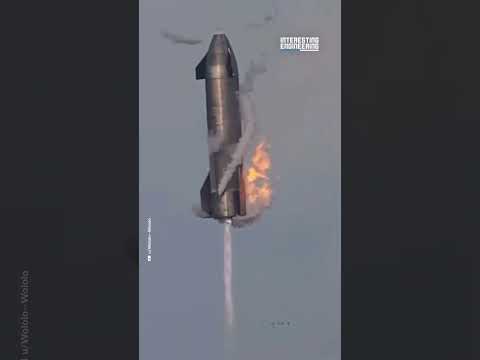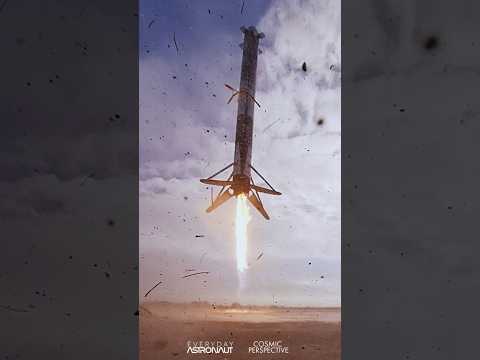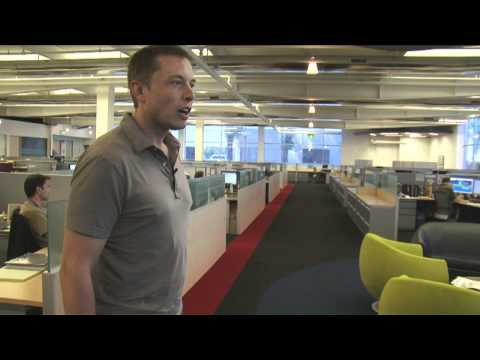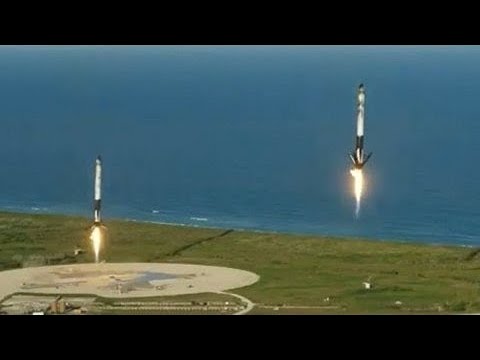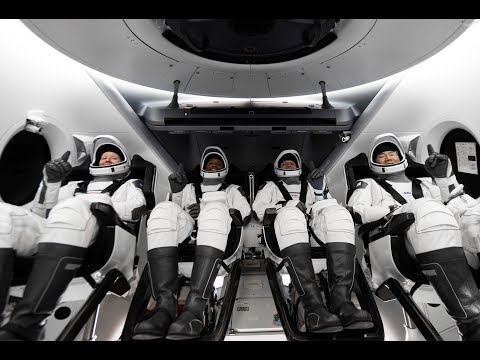The Falcon Heavy is recognized as the most powerful operational rocket currently in existence. It boasts a whopping 27 engines that can generate more than 5 million pounds of thrust at liftoff. This immense power allows it to carry heavy payloads and promises to revolutionize space travel by making it more accessible and cost-effective.
The highly anticipated demonstration flight didn’t disappoint. The awe-inspiring event took place at Kennedy Space Center’s Launch Complex 39A in Florida, the same spot from which NASA’s Apollo missions embarked on their historic journeys to the Moon decades ago. Thousands of spectators gathered, holding their breaths with both excitement and anxiety as they eagerly watched the countdown tick away.
At precisely 3:45 pm Eastern Time, Falcon Heavy lifted off majestically into the sky—its three rocket cores burning brightly. The roar of its engines reverberated across the coastline, leaving onlookers in sheer awe of this technological marvel. As it soared through Earth’s atmosphere, Falcon Heavy’s two side boosters separated gracefully and returned to land simultaneously at Cape Canaveral Air Force Station—a perfect synchronized landing that left spectators cheering.
Meanwhile, the core booster was tasked with a challenging landing on SpaceX’s autonomous drone ship named “Of Course I Still Love You,” positioned in the Atlantic Ocean. Although it missed its intended target by just over 300 feet due to a fuel shortage during landing descent, this achievement still highlighted SpaceX’s ongoing pursuit of reusable rocket technology and demonstrated that great strides have been made in reusability efforts.
As if these feats alone weren’t enough to capture our imaginations, Elon Musk—an iconic figure in both space travel and electric vehicles—decided to use this successful launch as an opportunity to showcase his latest creation. Strapped inside the Falcon Heavy was Musk’s very own Tesla Roadster, with a mannequin dubbed “Starman” sitting calmly behind the wheel. The car cruised away from Earth, with its radio playing David Bowie’s “Space Oddity,” creating a surreal image that captured the world’s attention.
This audacious move not only generated a buzz across social media platforms, but it also served as a symbolic message that highlighted the fusion of science and art. Musings aside, the launch of his personal car also acted as an effective test for Falcon Heavy’s ability to transport payloads into space-bound trajectories.
Beyond the spectacle and poetry evoked by this monumental flight, the Falcon Heavy’s success holds significant implications for future space exploration. It signifies a leap towards a new era of space travel that is not only commercially viable but also sustainable. With its unprecedented power and cost efficiency, Falcon Heavy has laid the groundwork for bold missions to Mars and beyond while providing opportunities for scientific research, satellite deployment, and potentially even space tourism.
Furthermore, this successful test flight has rejuvenated interest in human space exploration and reignited aspirations of reaching celestial bodies beyond Earth. It has reminded us of our innate curiosity about what lies in the great unknown and our desire to push boundaries further than ever before.
In conclusion, the Falcon Heavy test flight was nothing short of spectacular. It showcased not only SpaceX’s exceptional engineering prowess but also their commitment to innovation in space technology. This monumental milestone will undoubtedly shape the future of space travel, inspiring new generations of explorers to dream big and reach for the stars.

